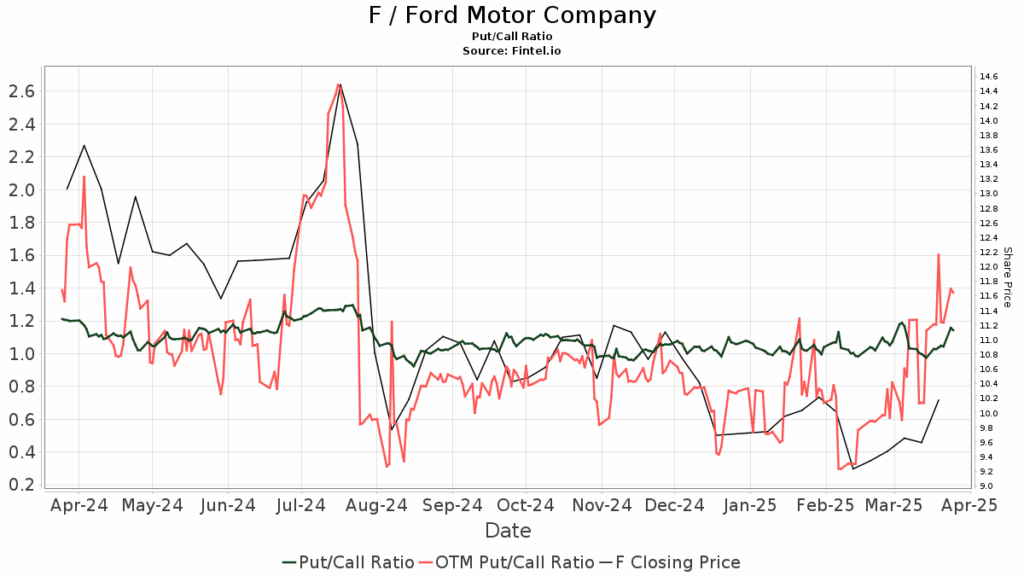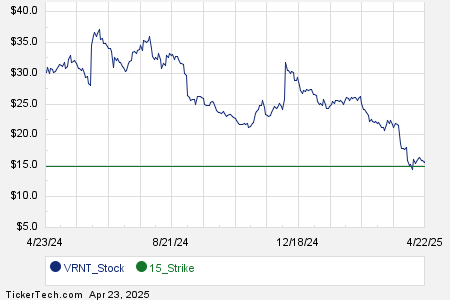Coffee Prices Rally Amid Supply Concerns and Global Trade Turmoil
On Wednesday, July arabica coffee (KCN25) closed higher, up +13.00 (+3.49%), while May ICE robusta coffee (RMK25) gained +100 (+1.91%). Prices for coffee have risen, with arabica reaching a three-week high. This uptick is partly due to the strength of the Brazilian real (^USDBRL), which hit a 2-1/2 week high against the dollar. This increase in the real makes exports from Brazil less appealing for local coffee producers, thereby supporting prices.
Arabica coffee also benefited from a prediction released Tuesday by Rabobank, indicating that Brazil’s arabica coffee crop for the 2025/26 season could decrease by -13.6% year-on-year to 38.1 million bags. This outlook stems from dry weather affecting crucial growth areas, which hindered the flowering of coffee trees. Conversely, robusta gains face limitations as Rabobank estimates Brazil’s robusta crop will increase by +7.3% year-on-year to a record 24.7 million bags.
Brazil’s coffee yield may suffer due to below-normal rainfall. Recent data from Somar Meteorologia noted that the Minas Gerais region, the largest arabica coffee-growing area, received only 17.9 mm of rain during the week ending April 12, which is just 89% of the historical average.
While current coffee supplies have increased, leading to some bearish pressure on prices, inventory levels continue to manifest upward trends. Last Thursday, ICE-monitored robusta coffee inventories rose to a two-week high of 4,272 lots, while arabica coffee inventories reached a two-month high of 811,816 bags as of Wednesday.
Global trade challenges are contributing to the downward pressure on several commodity prices, including coffee. There is growing concern that demand may weaken as higher tariffs place additional costs on U.S. consumers.
Concerns over supply are nonetheless creating some bullish sentiment in the market. An April 9 report from Cecafe revealed that Brazil’s green coffee exports for March dropped by -26% year-on-year to 2.95 million bags. Additionally, Conab, Brazil’s official crop forecasting agency, has downgraded its projections for the 2025/26 crop by -4.4% year-on-year to a three-year low of 51.81 million bags, while also cutting the 2024 estimate by -1.1%, from 54.8 million bags to 54.2 million bags.
Further support comes from Cooxupe, Brazil’s largest arabica coffee cooperative, which highlighted the negative impact of high temperatures and insufficient rainfall last month on coffee yields. Understandably, Brazil remains the world’s top producer of arabica coffee.
Nonetheless, there are bearish indicators for coffee prices as Marex Solutions reported a projected increase in the global coffee surplus for the 2025/26 season, widening to 1.2 million bags compared to a surplus of +200,000 bags for the 2024/25 season.
The aftermath of last year’s dry El Niño weather may inflict long-term damage on coffee crops in South and Central America. Consistently below-average rainfall since last April has hindered the flowering stage and diminished prospects for Brazil’s arabica coffee production for the upcoming crop. According to Cemaden, Brazil is experiencing its driest weather in over four decades. Additionally, Colombia, the second-largest arabica producer, is gradually recovering from the drought induced by El Niño.
For robusta coffee, decreased production levels provide support. Vietnam’s coffee output for the 2023/24 crop year plummeted by -20% to 1.472 million metric tons (MMT), marking the lowest yield in four years. Furthermore, the Vietnam General Statistics Office announced a -17.1% drop in 2024 coffee exports year-on-year, totaling 1.35 MMT. In a revised forecast, the Vietnam Coffee and Cocoa Association has reduced its 2024/25 production estimate to 26.5 million bags from a prior expectation of 28 million bags. The Vietnam Customs Department reported a -15.3% decline in coffee exports during January-March 2024, totaling 495,780 MT, solidifying Vietnam’s position as the leading robusta coffee producer worldwide.
Any news surrounding larger global coffee exports could exert pressure on prices. Conab indicated on February 4 that Brazil’s 2024 coffee exports rose remarkably by +28.8% year-on-year to a historic 50.5 million bags. In contrast, the International Coffee Organization (ICO) reported on February 6 that global coffee exports in December fell -12.4% year-on-year to 10.73 million bags, with total exports for the October-December period dropping by -0.8% year-on-year to 32.25 million bags.
The USDA’s biannual report released on December 18 presented a mixed outlook for coffee prices. Projections from the USDA’s Foreign Agriculture Service (FAS) suggest a +4.0% year-on-year increase in world coffee production in 2024/25 to 174.855 million bags. This includes a +1.5% increase in arabica production to 97.845 million bags and a +7.5% rise in robusta production to 77.01 million bags. Moreover, the USDA forecasts a -6.6% decline in ending stocks for 2024/25 to a 25-year low of 20.867 million bags, down from 22.347 million bags for 2023/24. Earlier, on November 22, the USDA projected Brazil’s 2024/25 coffee production at 66.4 million metric tons, lower than the previously anticipated 69.9 million metric tons. The projected ending stocks for Brazil were forecasted at 1.2 million bags by the conclusion of the 2024/25 season, a decrease of -26% year-on-year.
Recent weather data continues to challenge coffee yields as Volcafe reduced its 2025/26 Brazil arabica coffee production estimate by 11 million bags to 34.4 million bags following a crop tour highlighting the impacts of an extended drought. Volcafe now expects a global 2025/26 deficit for arabica coffee of -8.5 million bags, further expanding from the -5.5 million bag deficit anticipated for 2024/25, marking the fifth consecutive year of shortfalls.
On the date of publication, Rich Asplund did not hold (directly or indirectly) positions in any securities mentioned in this article. All information and data provided herein are for informational purposes only. For more information, please view the Barchart Disclosure Policy.
More news from Barchart
The views and opinions expressed herein are those of the author and do not necessarily reflect those of Nasdaq, Inc.



